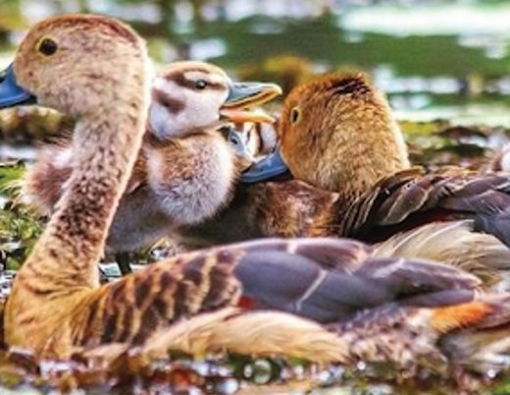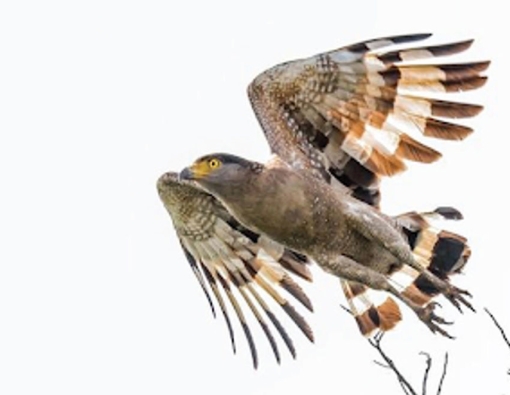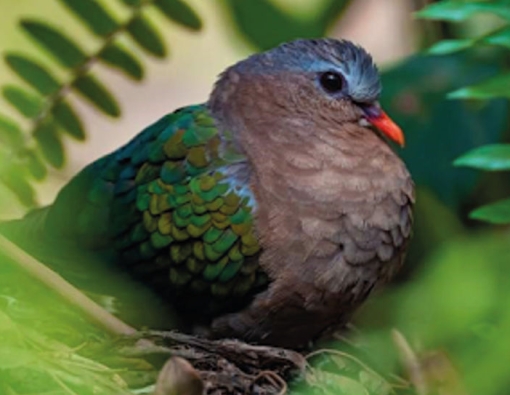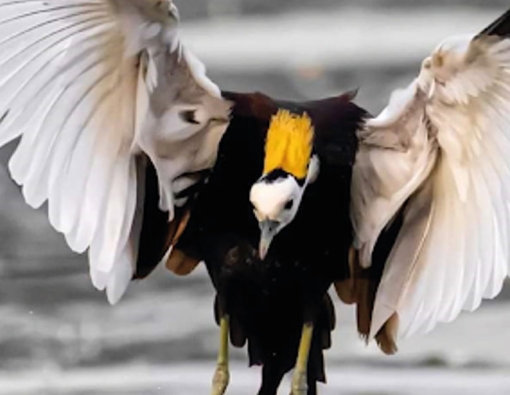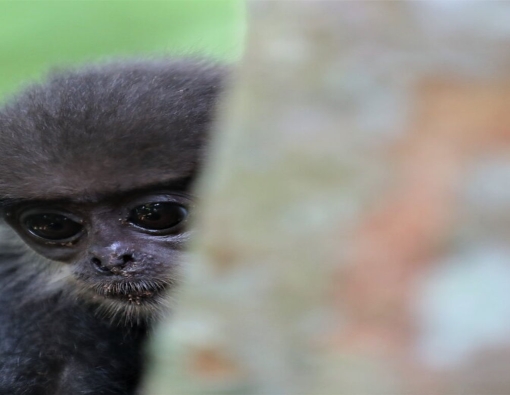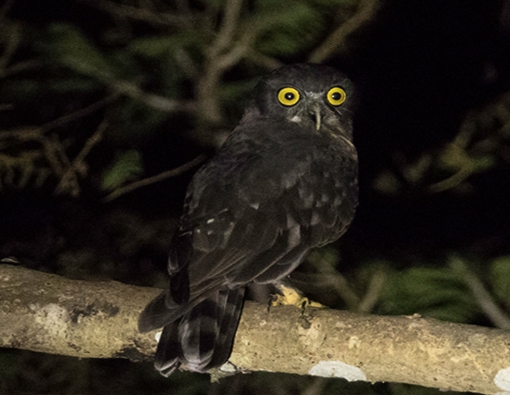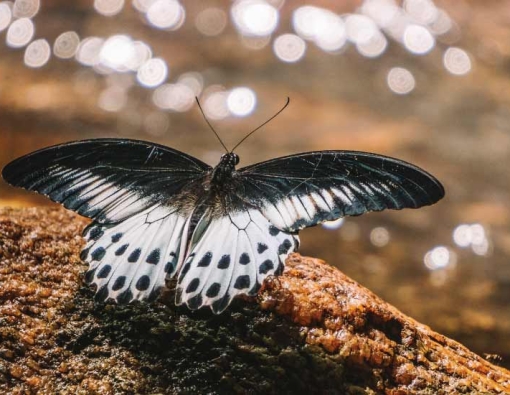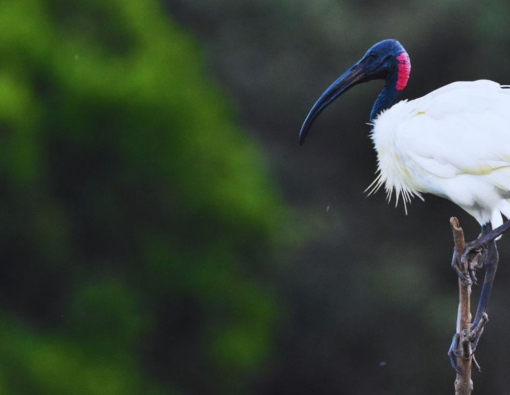Marriage & Parenting 101
Marriage & Parenting 101
A class for Yellow-wattled lapwings is about to begin
“Good morning, I see nice black heads, bright yellow wattles on the side of your beaks, white bellies and long wings - what a healthy flock of birds! Now boys, I suggest you puff up your chests and start practising your high-frequency calls to attract a partner. The girls won’t wait forever for you and, may I remind you that we lapwings are monogamous, so make your moves quickly. Now, once you mate, nests are to be made on the ground and with close access to water. That way, you can dip your chest feathers in the water and use them to cool down the eggs as they get hot in this dry zone weather.”
Fun Facts
“You should aim for 3 - 4 eggs but don’t worry if it doesn’t work out. You can always lay another clutch. The little ones are raring to go a week after hatching, so the good news is, you don’t have to handle feeding duties like other birds. These little ones will follow you everywhere on the ground as you forage, just like you followed your parents. So keep them safe and get them a balanced diet of insects, grubs, worms, cereals and grains. Oh, and also, teach them the alarm call. Why don’t we practise it now? 1…2…3… CHEEEEEEEEEE! Good, class dismissed, see you tomorrow!”
Story of the Photo
This striking bird is commonly found in the dry zone areas of Sri Lanka and often in the vicinity of the Mahoora Tented Safari Camps in Yala, Udawalawe and Wilpattu. Dilum captured this image during a safari in Wilpattu National Park.


















































